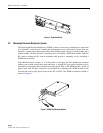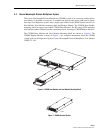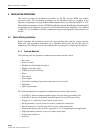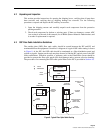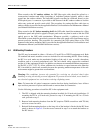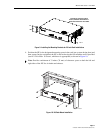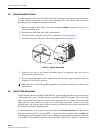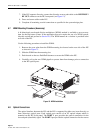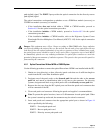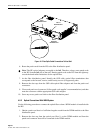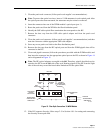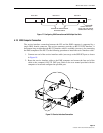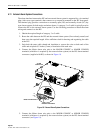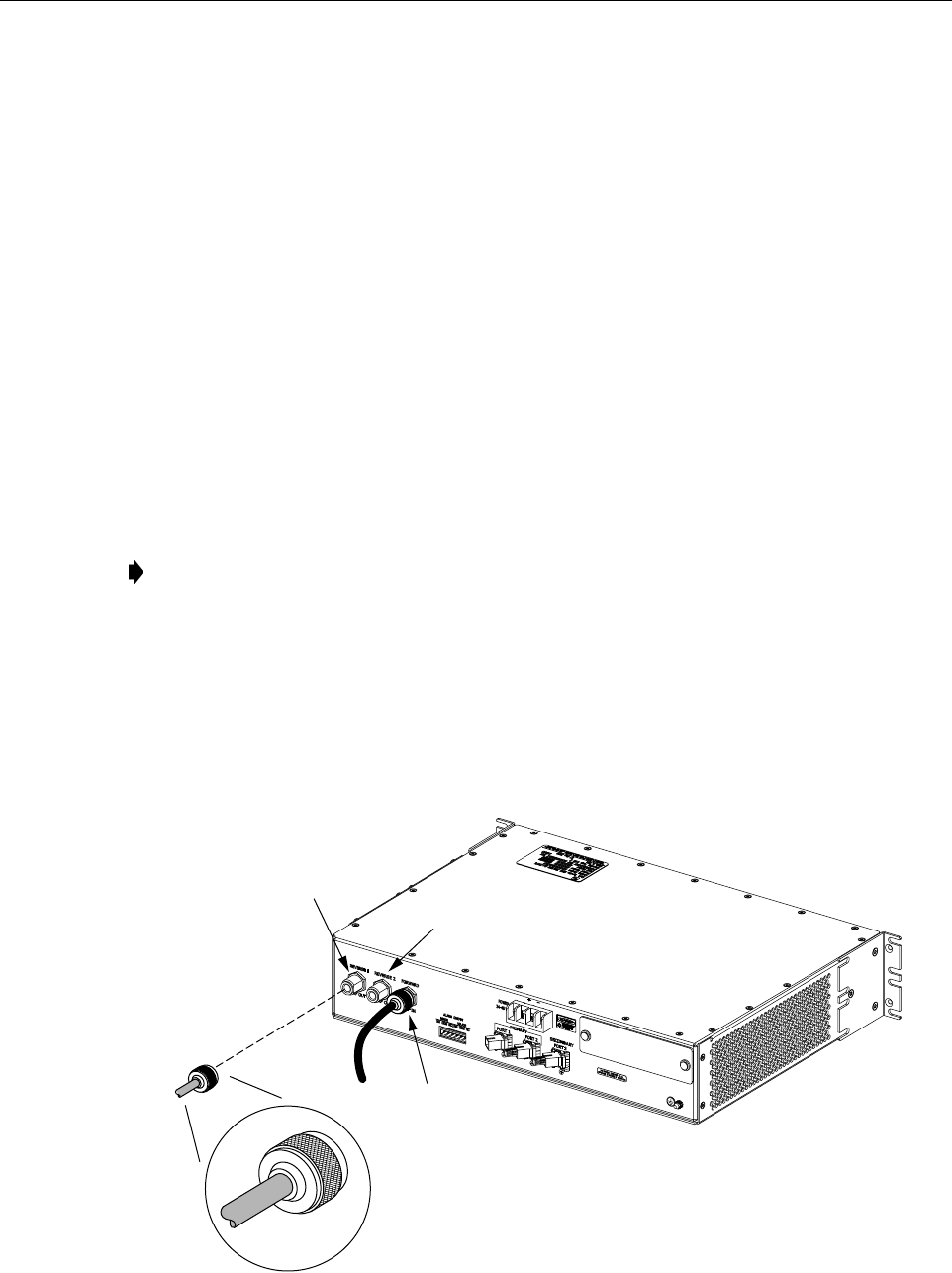
ADCP-75-169 • Issue 1 • June 2004
Page 13
© 2004, ADC Telecommunications, Inc.
and –40 dBm. Refer to the applicable System Operation and Maintenance Manual for the
procedure to determine the forward path input signal level. If the Primary Interface Panel and
Expansion Panel are required, refer to the Digivance LRCS SMR Interface Panels User Manual
(ADCP-75-143) for the coaxial cable installation procedures.
The HU should be mounted as close as possible to the EBTS to minimize cable losses. Use the
following procedure to route and connect the forward and reverse path coaxial cables to the HU:
1. Obtain the required lengths of high performance, flexible, low loss 50-ohm coaxial
communications cable (RG-400 or equivalent) for all coaxial connections.
2. Route the forward and reverse path coaxial cables and the diversity reverse path cable (if
the HU supports diversity) between the HU and the EBTS interface (per system design
plan) and cut to the required length. Allow sufficient slack for dressing and organizing
cables at the HU and for installing an external attenuator in the forward path link.
3. Terminate each cable with an N-type male connector following the connector supplier’s
recommendations.
4. If required, install an external attenuator in the forward path.
5. Connect the forward path cable to the FORWARD RF IN connector on the HU front
panel as shown in Figure 12.
6. Connect the reverse path cable to the REVERSE 1 RF OUT connector on the HU front
panel (see Figure 12).
Figure 12. Forward and Reverse Path Coaxial Cable Connections
Note: The composite forward path RF signal level at the HU must be between –9 and
–40 dBm. Do not connect the forward path cable until the composite forward path RF
signal level is measured and the amount of external attenuation required is determined.
19719-A
TYPE-N MALE
CONNECTOR
REVERSE 1
RF OUT CONNECTOR
(REVERSE PATH)
REVERSE 2
RF OUT CONNECTOR
(DIVERSITY
REVERSE PATH)
FORWARD RF IN
CONNECTOR
(FORWARD PATH)




